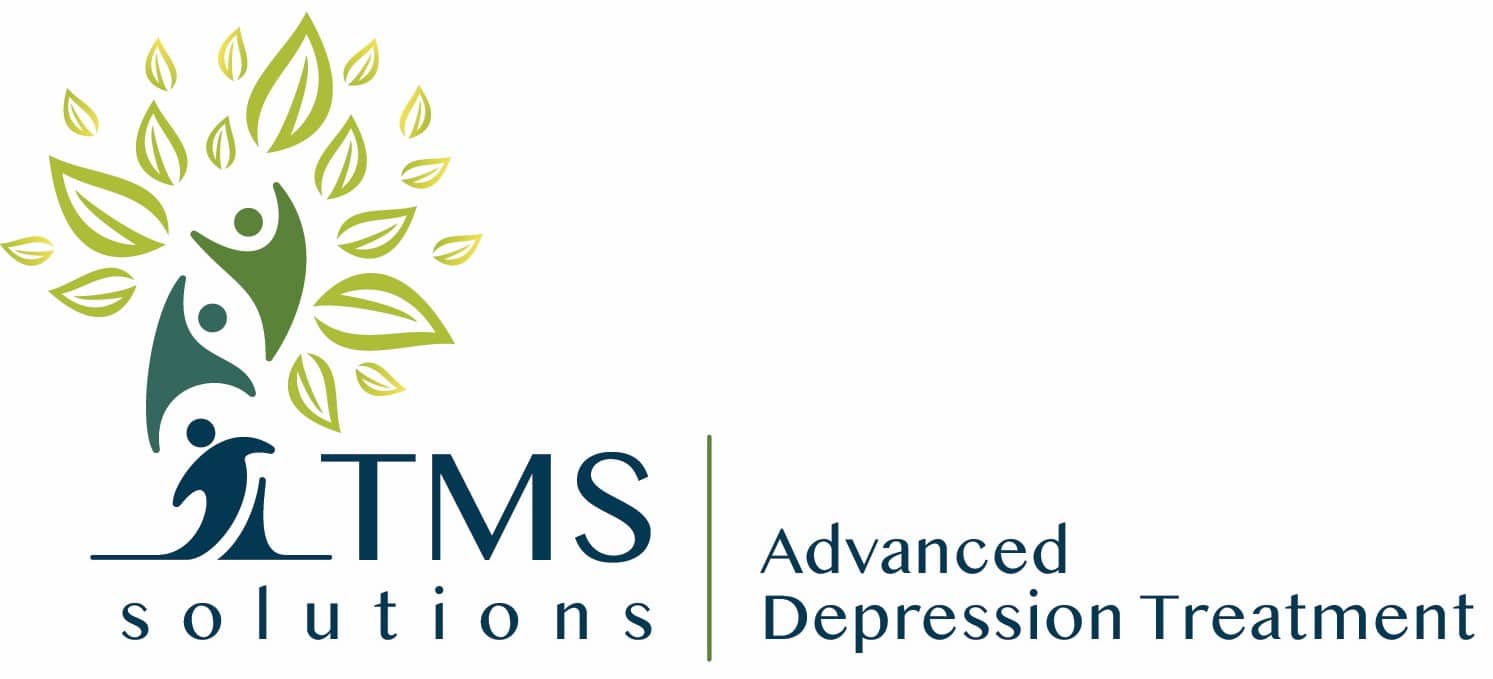TITLE
A Lack of Clinical Effect of High-frequency rTMS to Dorsolateral Prefrontal Cortex on Bulimic Symptoms: A Randomised, Double-blind Trial
AUTHORS
Gay A; Jaussent I; Sigaud T; Billard S; Attal J; Seneque M; Galusca B; Van Den Eynde F; Massoubre C; Courtet P; Guillaume S.
SOURCE
European Eating Disorders Review. 24(6):474-481, 2016 Nov.
ABSTRACT
Studies suggest that stimulation of the left dorsolateral prefrontal cortex (DLPFC) reduces food craving in bulimic patients, but evidence supporting repetitive transcranial magnetic stimulation (rTMS) as a therapeutic tool is lacking. We investigated the safety and therapeutic efficacy of an adjunct high-frequency rTMS programme targeting the left DLPFC. Forty-seven women with bulimia nervosa were randomised to a real or sham stimulation group. The real group underwent 10 rTMS sessions, each consisting of 20 trains of 5 seconds with 55-second intervals between trains, at a frequency of 10Hz. The main outcome was the number of binge episodes in the 15 days following the end of stimulation. Overall, no significant improvement in bingeing and purging symptoms was noted after the programme. rTMS was well tolerated. This suggests that 10 sessions of high-frequency rTMS to the left DLPFC provide no greater benefit than placebo. Future studies should consider methodological issues as well as alternative targets.


